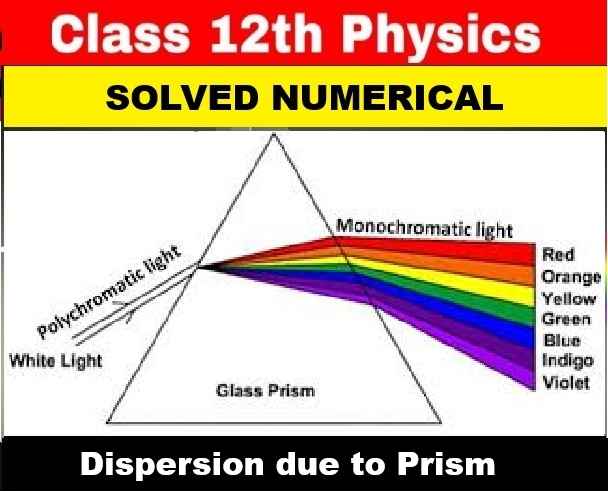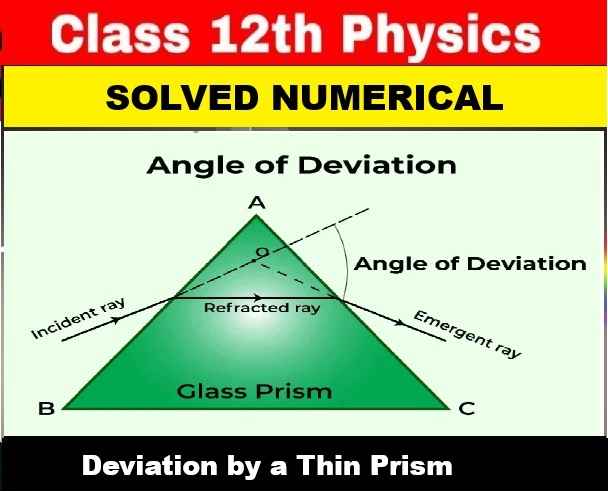OP Malhotra Arithmetic and Geometric Progression Class-10 S.Chand ICSE Maths Solutions Ch-9. We Provide Step by Step Answer of Exe-9 with Self Evaluation and Revision of S Chand OP Malhotra Maths . Visit official Website CISCE for detail information about ICSE Board Class-10.
OP Malhotra Arithmetic and Geometric Progression Class-10 S.Chand ICSE Maths Solutions Ch-9
-: Select Topics :-
Exercise-9
OP Malhotra Arithmetic and Geometric Progression Class-10 S.Chand ICSE Maths Solutions Ch-9
Definition:
In mathematics, there are three different types of progressions. They are:
- Arithmetic Progression (AP)
- Geometric Progression (GP)
- Harmonic Progression (HP)
A progression is a special type of sequence for which it is possible to obtain a formula for the nth term. The Arithmetic Progression is the most commonly used sequence in maths with easy to understand formulas. Let’s have a look at its three different types of definitions.
Definition 1: A mathematical sequence in which the difference between two consecutive terms is always a constant and it is abbreviated as AP.
Definition 2: An arithmetic sequence or progression is defined as a sequence of numbers in which for every pair of consecutive terms, the second number is obtained by adding a fixed number to the first one.
Definition 3: The fixed number that must be added to any term of an AP to get the next term is known as the common difference of the AP. Now, let us consider the sequence, 1, 4, 7, 10, 13, 16,… is considered as an arithmetic sequence with common difference 3.
Notation in AP:
In AP, we will come across three main terms, which are denoted as:
- Common difference (d)
- nth Term (an)
- Sum of the first n terms (Sn)
All three terms represent the property of Arithmetic Progression. We will learn more about these three properties in the next section.
Formulas:
- The nth term of AP
- Sum of the first n terms
Let us learn here both the formulas with examples.
nth Term of an AP
The formula for finding the n-th term of an AP is:
| an = a + (n − 1) × d |
Where
a = First term
d = Common difference
n = number of terms
an = nth term
Sum of N Terms of AP:
For any progression, the sum of n terms can be easily calculated. For an AP, the sum of the first n terms can be calculated if the first term and the total terms are known. The formula for the arithmetic progression sum is explained below:
Consider an AP consisting “n” terms.
| S = n/2[2a + (n − 1) × d] |
Common Difference in Arithmetic Progression:
In this progression, for a given series, the terms used are the first term, the common difference between the two terms and nth term. Suppose, a1, a2, a3, ……………., an is an AP, then; the common difference “ d ” can be obtained as;
| d = a2 – a1 = a3 – a2 = ……. = an – an – 1 |
Where “d” is a common difference. It can be positive, negative or zero.
Exe-9(a),
OP Malhotra Arithmetic and Geometric Progression Class-10 S.Chand ICSE Maths Solutions Ch-9
Question 1:
Which of the following situation does the list of numbers involved make an arithmetic progression and why ?
(i)…………………
(ii)……………….
Question 2:
……………………
……………………
……………………..
…………………….
Question 22:
Ram prasad saved 10 Rs. in the first week of the year and then ,,,,,,,,,,,,,,,,,,,,, find n
Question 23:
For an A.P. show that …………
Exe-9(b),
OP Malhotra Arithmetic and Geometric Progression Class-10 S.Chand ICSE Maths Solutions Ch-9
Question 1:
Find the sum of the :
(i) First 15 terms ……………..
(ii)…………….
………………
Question 2:
……………………
…………………….
…………………..
Question 20:
A sum of Rs. 1890 is to be used to give seven cash prize is Rs. 50 less than the preceding prize, find the value of each prize ?
Exe-9(c),
OP Malhotra Arithmetic and Geometric Progression Class-10 S.Chand ICSE Maths Solutions Ch-9
Question 1:
Determine whether the following sequence …………….. common ratio.
(i) 27, 9, 3, 1, …………….
………………….
Question 2:
………………………
……………………….
……………………….
Question 11 :
The 5th, 8th and 11th terms of a G. P. are P, Q and S respectively. Show that Q² = Ps.
Exe-9(d),
OP Malhotra Arithmetic and Geometric Progression Class-10 S.Chand ICSE Maths Solutions Ch-9
Question 1:
Find the sum of the terms of the indicated geometric sequence.
(i)………………
……………..
Question 2:
………………………
………………………..
………………………..
Question 10:
How many terms of the sequence √3, 3, 3√3, ……………….. must be taken to make the sum 39 + 13√3 ?
— : End of Arithmetic and Geometric Progression OP Malhotra S Chand Solutions :–
Return to :- OP Malhotra S Chand Solutions for ICSE Class-10 Maths
Thanks
Please Share with Your Friends



Sir you are great for explatation in mathsmatics
thanks
YOUR SOLUTIONS ARE VERY MUCH CONFUSING
how can we improve please suggest on 8957797189